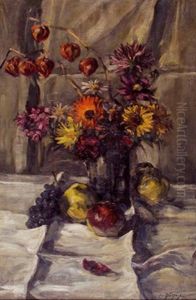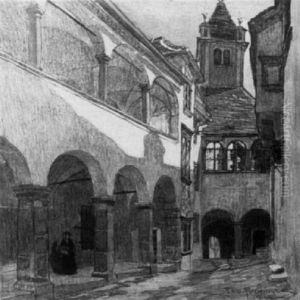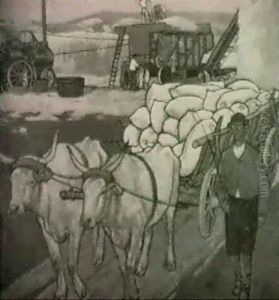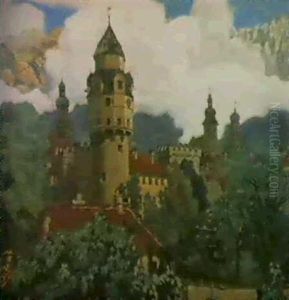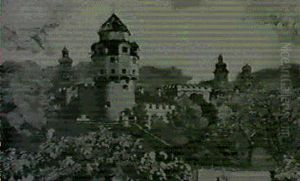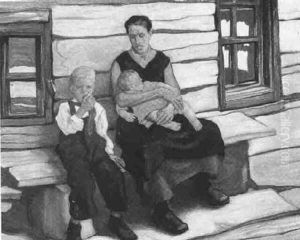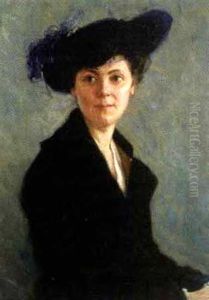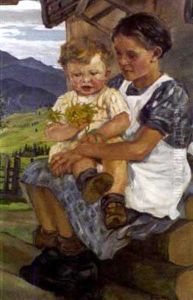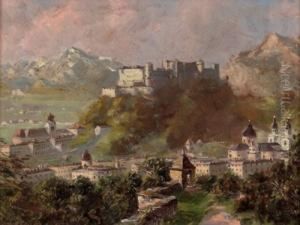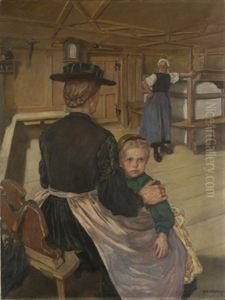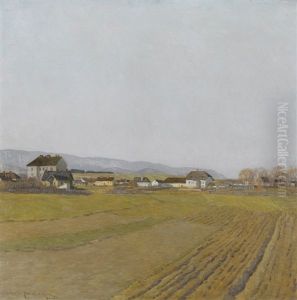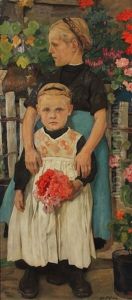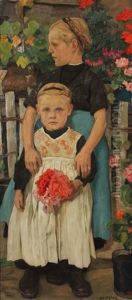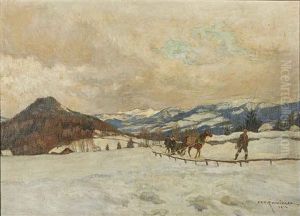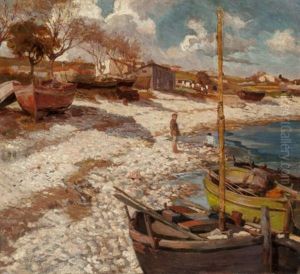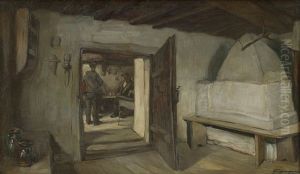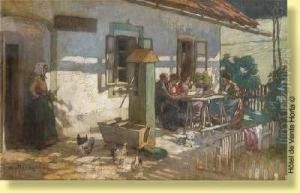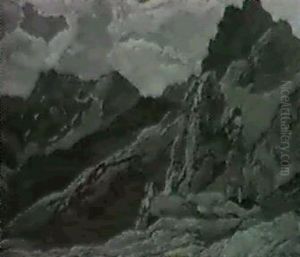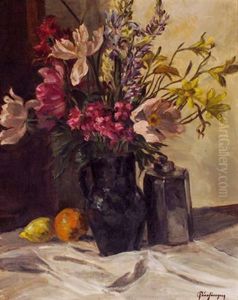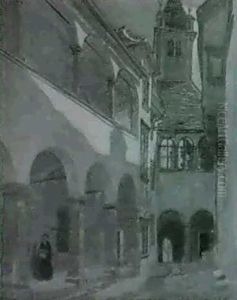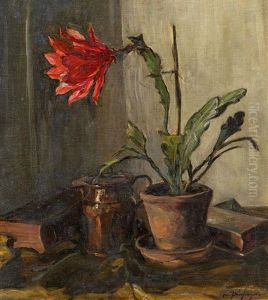Erwin Puchinger Paintings
Erwin Puchinger was an Austrian graphic artist, painter, and illustrator, known for his travel illustrations and architectural paintings. Born on September 4, 1876, in Vienna, Austria, Puchinger became notable during the late 19th and early 20th centuries, a time when the Austro-Hungarian Empire was a hub of artistic innovation and cultural exchange.
Puchinger studied at the Academy of Fine Arts Vienna, where he was influenced by the prevailing styles of the time, including Art Nouveau and the Vienna Secession movement. His education and talent led him to work in various mediums, including watercolor, oil painting, and graphic design. He was particularly adept at capturing the essence of his subjects with a keen eye for detail and a distinctive style that blended realism with decorative elements.
Throughout his career, Puchinger traveled extensively, which greatly influenced his work. He visited many countries in Europe and North Africa, and his travels were often reflected in his illustrations and paintings, which depict landscapes, cityscapes, and scenes of everyday life with a vibrant and evocative touch. His illustrations were published in numerous books and magazines, serving as a visual record of his journeys and the places he visited.
Puchinger's work gained recognition and was exhibited in various galleries and institutions. He also worked on commissions for public and private clients, contributing to the visual culture of the era. Despite the challenges posed by the political turmoil of the early 20th century, including World War I and the interwar period, Puchinger continued to produce art that captured the spirit of his time.
Erwin Puchinger passed away on June 9, 1944, in Vienna. His legacy includes a rich body of work that offers a glimpse into the world as it was seen through his eyes during the late 19th and early 20th centuries. Today, Puchinger's art is considered important for its historical value and its representation of the artistic styles and cultural milieu of his time.
